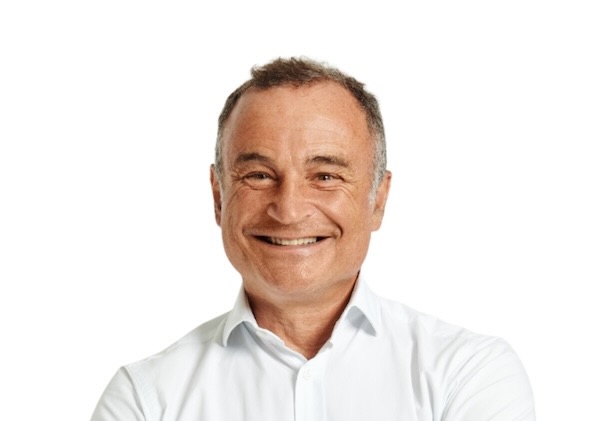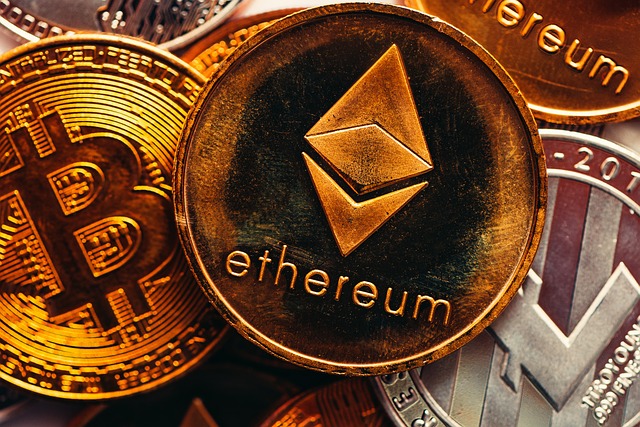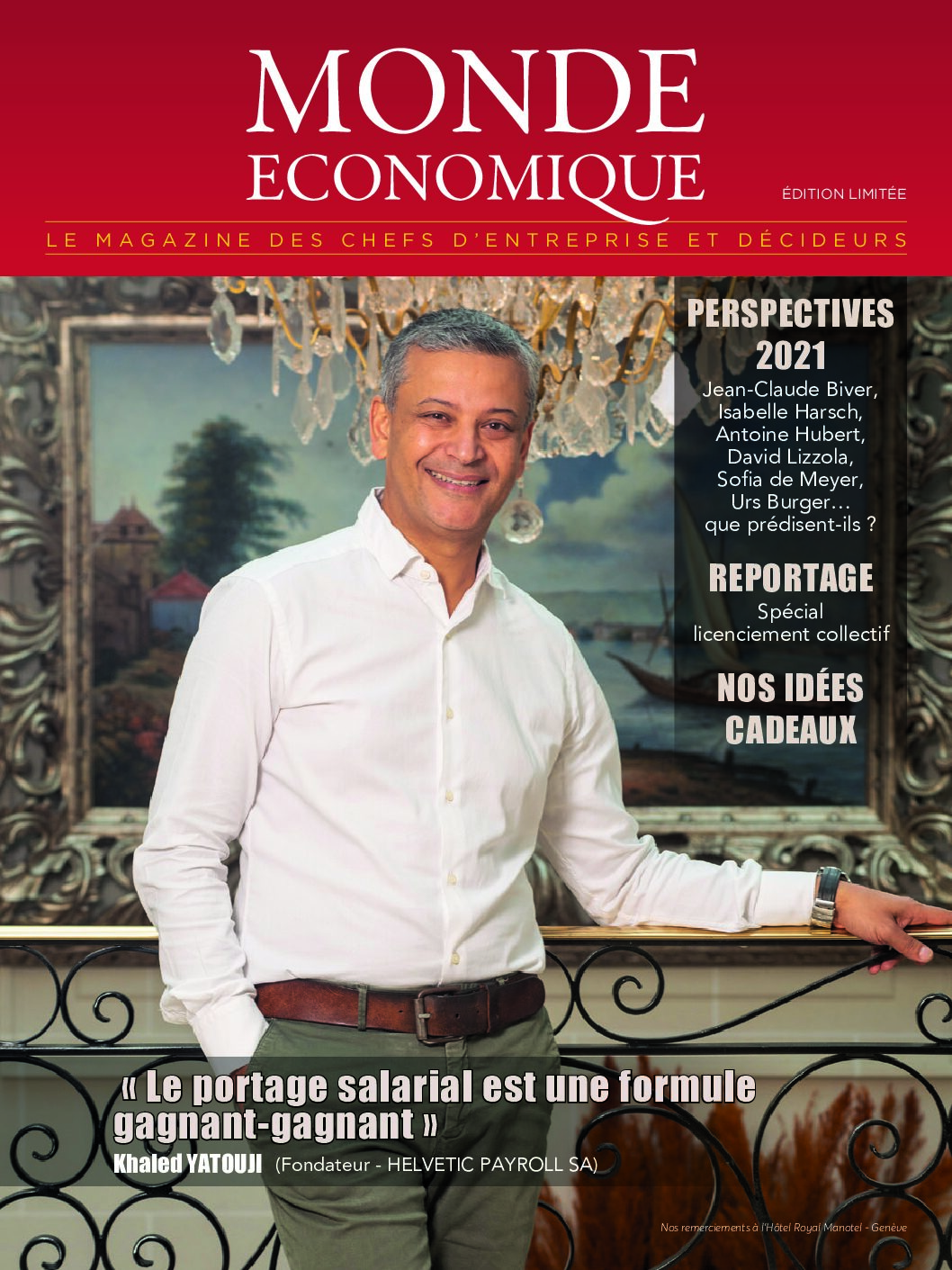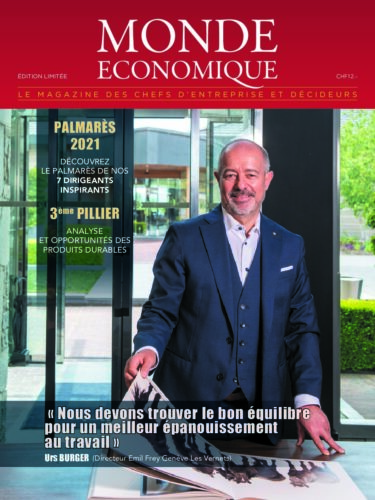Investment Outlook – Can Central Banks still sustain the economy?

The global economic backdrop keeps deteriorating, with China facing headwinds from the trade war and Germany on the edge of a technical recession. Europe’s biggest country endured negative growth in the second quarter on the back of a sharp drop in exports and a lack of in- vestments. For the current quarter, only a modest recovery is expected and Germany may not be immune from a technical re- cession, should main economic indicators further weaken. To avoid such a poor out- come, the country is reliant on the resilience of the service sector, which is not exhibiting major stress. However, the labour market is losing some steam (see graph below) over the last three months, thus evidencing some contagion from the manufacturing activity to the whole economy.
To arrest the economic slowdown, Germany can still rely on the ECB, which confirmed its willingness to offer cheap money for companies by cutting interest rates deeper into negative territory and to embark on a new quantitative easing programme. However, this ultra-dovish monetary policy has begun to reach its limit in terms of economic impact, as well as resulting in negative side-effects such as lowering the income for retired individuals. Therefore, the only way to ensure that the economic recovery in Germany would be more sustainable and robust is to adopt a real “Keynesian” economic policy by launching a new government spending programme, coupled with scal stimulus. Would the country abandon its so-called “schwarze Null” policy to counter the economic deceleration? The answer is probably yes, but we are sceptical that they will use such economic tools in the coming weeks, as they would prefer to wait for the worst to materialize…
The xed income market has already taken into consideration the lingering concerns about the weak global economic outlook, thus pricing an increased probability of a recession, re-elected by an inverted yield curve in the US as well as a sharp decline in global interest rates. However, the equity market does not seem to agree, as YTD performances on main indexes remain high. Why are we witnessing such a divergence? The answer might actually lead into the fact that equity investors feel reassured that interest rates will stay low for longer and that Trump might actually strike a deal with China in the next 12 months, before the US elections.
That being said, such a divergence is un- usual and offers conflicting signals. One of the two asset classes might be wrongly assessing the situation and will therefore need to adjust accordingly. That is why we believe a large portion of cash is the best anchor of portfolio stability at this point, as a sudden rise in interest rates should not be discarded, as well as some pro t taking in the equity space.
Equities – An equity style rotation in sight?World equity markets climbed the wall of worries in early September, retracing al- most all the losses endured during August, and hence moving closer to the previous high reached in July 2019. Despite the impressive performance of the S&P 500 this year (up 20% at the time of writing), institutional investors’ positioning remains very bearish, according to the latest Mer- rill Lynch survey, suggesting that they may not have participated as strongly in the rally. There are indeed plenty of arguments to justify a cautious view given the list of (non-exhaustive) risks we might foresee in the coming months: escalation in trade war, disorderly Brexit, prolonged economic deceleration turning into re- cession, negative EPS growth in 2019, or a supply oil shock. We see equity markets torn between these risks and hopes that central banks will do whatever it takes to rescue the world economy with renewed monetary stimulus. For the time being, equity market participants remain optimistic and close their eyes on risks, instead focusing again on cheap money. Will easing financial conditions be enough to offset the lack of earnings growth and lead equity markets to new highs?
The biggest risk we see in the short term is the drag on sentiment posed by negative EPS momentum. Consensus has sharp- ly downgraded 2019e EPS on all regions since the start of the year, and investors
now turn to 2020e EPS growth which has not yet been revised down and remains too optimistic (+10% for the S&P 500) in our opinion. If these still rosy expectations start to be downgraded, it will likely put downward pressure on equities, thus justifying our cautious positioning.
Moreover, beneath the surface, there was a violent upheaval in equity style recently. Momentum stocks, particularly those under the “secular growth” theme such as technology and FAANGs, have broken down the most since 2016 (cf. exhibit 1). This spurred fear of the end of this style leadership and the start of a rotation in- to “unloved” companies, such as value stocks. While we believe it is too soon to call the end of this structural growth story, as long as we are not witnessing clear evidence that an economic recovery is in place, it is another warning sign to take in- to consideration. A barbell strategy, with some value sectors to be favoured on top of the structural growth theme, seems appropriate. To this regard, we upgrade the energy sector in the wake of the supply shock in Saudi Arabia that may offer a floor to crude oil prices for months to come. Energy stocks, particularly integrated major oil companies, offer an attractive combination of cheap valuation, high dividend yield, some upside potential should oil prices remain elevated, and to a lesser extent, lower volatility than the market.
Bonds – Increasing recession risks anchor yields.
This summer has witnessed an astonish- ing acceleration of the fall in global yields, with the US 10-year Treasury Note reach- ing a 1.43% low, the 30-year Note reach- ing 1.90% and on the other side of the Atlantic, the 10-Year German Bund yield col- lapsed to –0.74%. Needless to say, Central Banks have again been at the epicenter of the move. In the US, the Federal Reserve finally cut its key rates by 25bps on July 31st succumbing to market pressure, in what Powell described as an “insurance cut”. This initially came as a disappoint- ment (a high probability of –50bps had been priced in) and yields headed north, but this was short-lived: the next day, Trump escalated the trade war by imposing further tariffs on China, in what could be seen as a tricky way to trigger more rate cuts by the FOMC, to address a deteriorating global economic environment. If this was his strategy, it has proven successful: many Central Banks have since increased their easing stance, from New Zealand to India, Brazil or Indonesia, and more recently the European Central Bank, and finally of course, the Fed also followed suit a few days ago.
But there is a sentiment growing amongst monetary authorities that the ammunition at their disposal has been depleted, and that the perverse effects of negative rates have to be seriously considered. The latest ECB meeting was significant,
as rates were only trimmed by 10bps and during the press conference Draghi outlined the need for governments to take over and implement scal stimulus. Also, the absence of rate cuts by the BoJ or the SNB at their latest meetings says far more about the malaise they are feeling about pushing interest rates further into negative territory. In such a context, we could see yields rebounding somewhat as market participants reprice their expectations of monetary policies to a less dovish path. We would consider such a move as an opportunity to increase our duration exposure, as we expect the medium term direction for yields to be rather lower than higher, as the economic landscape will likely continue to deteriorate, the US-Chi- na trade war is here to stay and recession risks have materially increased. The yield curve inversion in the US has been a first warning signal and according to a New York Fed indicator the probabilities of a recession 12 months ahead has now reached 38%… the next semester looks like it will be a challenging one !
Forex – Safe haven FX expected to regain momentum.
Traditional EUR/USD drivers have not really been at work recently. The USD- EUR yield spread has narrowed (ca. 20bps since the end of July), as has the Bund- BTP spread (ca. 60bps since the end of July), but the market does not seem to care much as the EUR/USD made a new low at the start of September. We have argued before that the global growth backdrop matters more, as seen in the correlation between EUR/USD and the Eurozone-US expected GDP growth differential. This backdrop has been largely supportive for the greenback since the beginning of 2018.
One might be tempted to believe things are slowly evolving or, at least, a floor in EUR/USD should not be far away, based on recent data. First, ECB Chairman Draghi’s farewell Bazooka failed to pull down Bund yields and the euro, evidencing that central bank easing was already fully priced. Second, we have just seen the first uptick in 2020 relative growth expectations as US forecasts edge down. Bloom- berg consensus for 2020 US GDP growth recently declined from 1.8% to 1.7%, while the consensus remained at 1.1% for the Eurozone. If the recent correlation holds, then EUR should catch up on the upside.
However, there is still scope for EUR to remain weak, particularly if China’s economy continues to slow down and the
Chinese government continues using its currency to buffer the pain of higher US tariffs. In this regard, we expect US-Chi- na trade tensions to carry on for the foreseeable future as the issue at stake – global geopolitical influence – will sim- mer over the long term. If this scenario is correct, that should bene t the dollar and weigh on the Eurozone economy and the euro. Looking at the EZ-US forecasted growth differential, we still believe it will trend in favor of the USD as we see more pain in Eurozone while in America services, sentiment and consumption remain robust. Finally, despite US yields to have aggressively repriced on the downside since last November, the greenback still displays the most attractive carry among G10 FX as yield compression has been a global phenomenon. Therefore, we re- main neutral EUR/USD entering in the last quarter of 2019.
We remain moderately positive on safe haven currencies (JPY, CHF, gold) as we expect more global economic slowdown, continued geopolitical tensions, and hence remain cautious on risk assets. Moreover, the yen should remain well supported by global yields remaining lower for longer. There is still a lot of uncertainty with regard to Brexit, and EUR/GBP is gyrating between pricing in a hard and a soft Brexit, explaining why EUR/GBP stands close to the two-year average (cf. exhibit 1).











